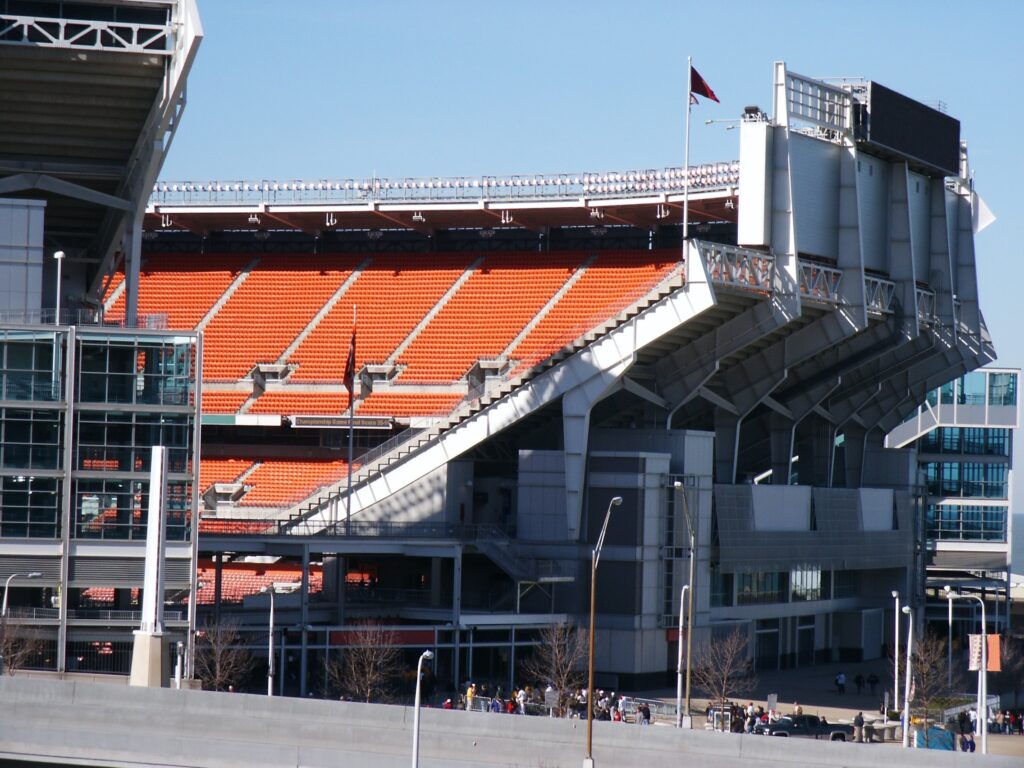Taxpayer-Funded Sports Stadiums: Are They Worth the Investment?
State and local governments allocate substantial funds to the construction, operation, and maintenance of sports stadiums and arenas. Recent estimates by sports economists reveal that between 1970 and 2020, public funding in the United States and Canada amounted to $33 billion for major-league sports stadiums and arenas, with taxpayers covering nearly 73% of construction costs.
Interest in funding sports stadiums remains high. A list of publicly discussed stadium subsidies is below, excluding those related to the upcoming 2028 Summer Olympics in Los Angeles and the 2034 Winter Olympics in Salt Lake City.
**The Financial Burden of Stadium Subsidies**
State and local governments need revenue to fund stadium subsidies. While various methods have been employed, a common strategy involves issuing bonds and implementing new taxes. These subsidies require upfront expenses, which governments cover with bonds, often repaid over more than a decade. Just like consumer debt, longer repayment periods result in lower annual costs but increase total expenses. In some cases, such as the demolition of Giants Stadium in 2010, bonds remain unpaid even after replacement venues are built.
State and local bonds are advantageous for bondholders since they’re often exempt from federal income tax, which partially subsidizes stadium construction. The federal government subsidized $4.3 billion for 57 stadiums built between 2000 and 2020, according to a National Tax Journal study.
Although the Tax Reform Act of 1986 aimed to restrict the use of tax-exempt municipal bonds for private ventures, municipalities found ways to finance associated public infrastructure to bypass these rules, thereby continuing to support stadium constructions.
To manage the annual debt service from bonds, governments require a mix of new revenue sources, often employing tax hikes. For instance, voters in Arlington, Texas approved tax increases in 2004 and 2016 to fund stadiums for the Cowboys and the Rangers. Similarly, the Milwaukee Brewers’ subsidy involved a 0.1% sales tax for 23 years, expiring in 2020, with more funding approved in 2023 through ticket taxes and government grants.
**Evaluating the Worth of Stadium Subsidies**
A recent literature review of stadium constructions over the past 50 years found that the anticipated economic benefits often do not materialize. The benefits are usually limited to areas near the stadiums and fail to offer broader economic advantages. This reality often means that taxpayers across the state subsidize a development that benefits only a small local area, missing out on potential investments in vital public services like emergency response, parks, and transportation.
For taxpayer-funded stadiums to deliver a positive return, intangible benefits must outweigh costs. While sports teams do contribute to cultural value and community pride, research indicates that public willingness to pay for these amenities doesn’t justify the high subsidies.
Political challenges arise as teams solicit subsidies by enticing multiple states, leading to fierce competition and growing incentives. Despite the lack of a favorable cost-benefit ratio, policymakers continue offering subsidies, driven by the political need to secure votes and prevent team relocations, as shown by recent moves such as the Rams to Los Angeles and the Raiders to Las Vegas.
The solution may lie in mutual agreements among states or federal legislation banning such subsidies. Evidence shows stadium subsidies fail to generate underlying economic benefits and often shift spending without creating new revenue streams or jobs.
Collaboration among governments and adherence to fiscal discipline principles can break the subsidy cycle. Moving forward, sound tax policy should guide state and local economic strategies rather than the allure of subsidizing new stadiums.
Stay informed on the tax policies impacting you.
Subscribe to get insights from our trusted experts delivered straight to your inbox.
Share



